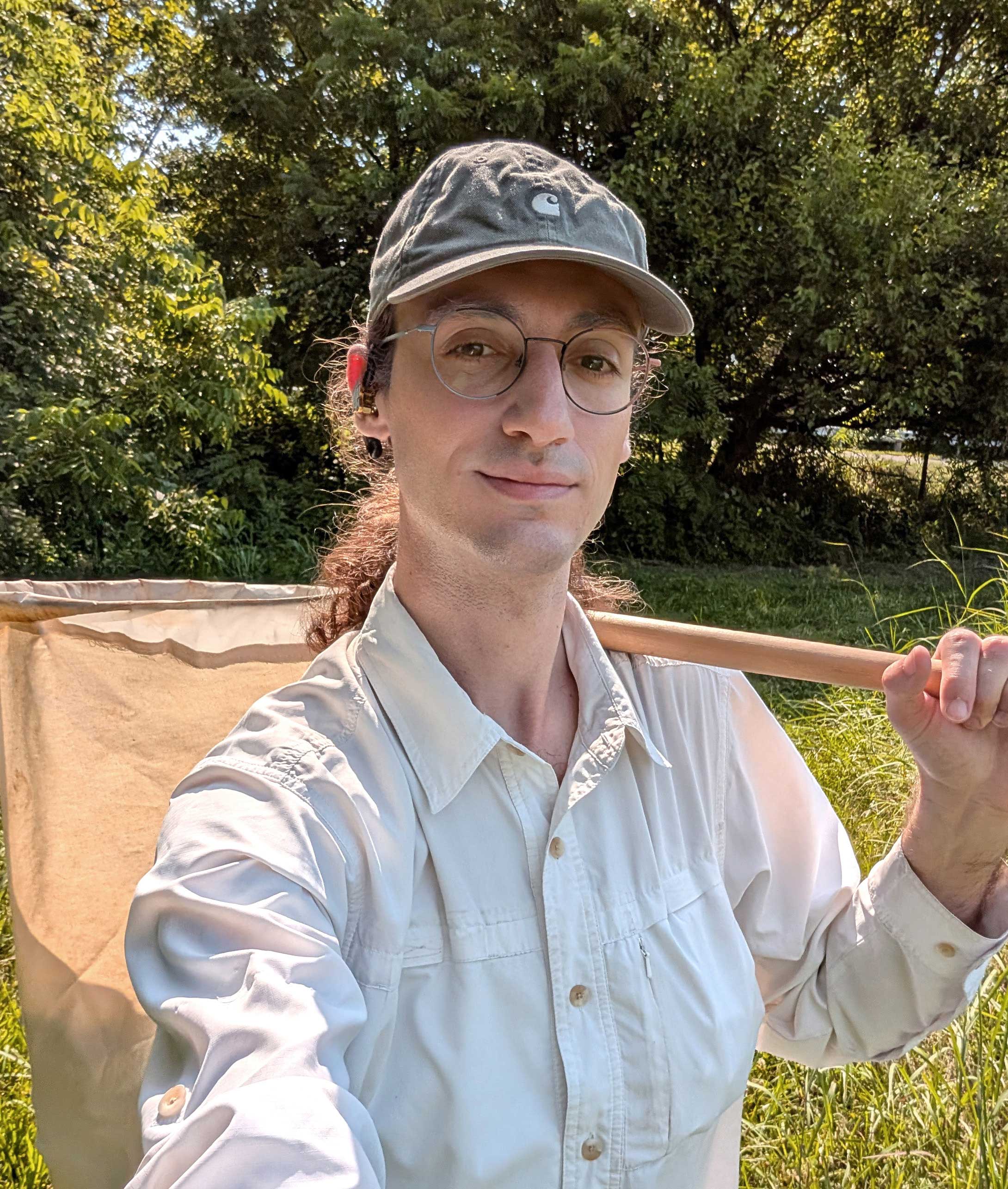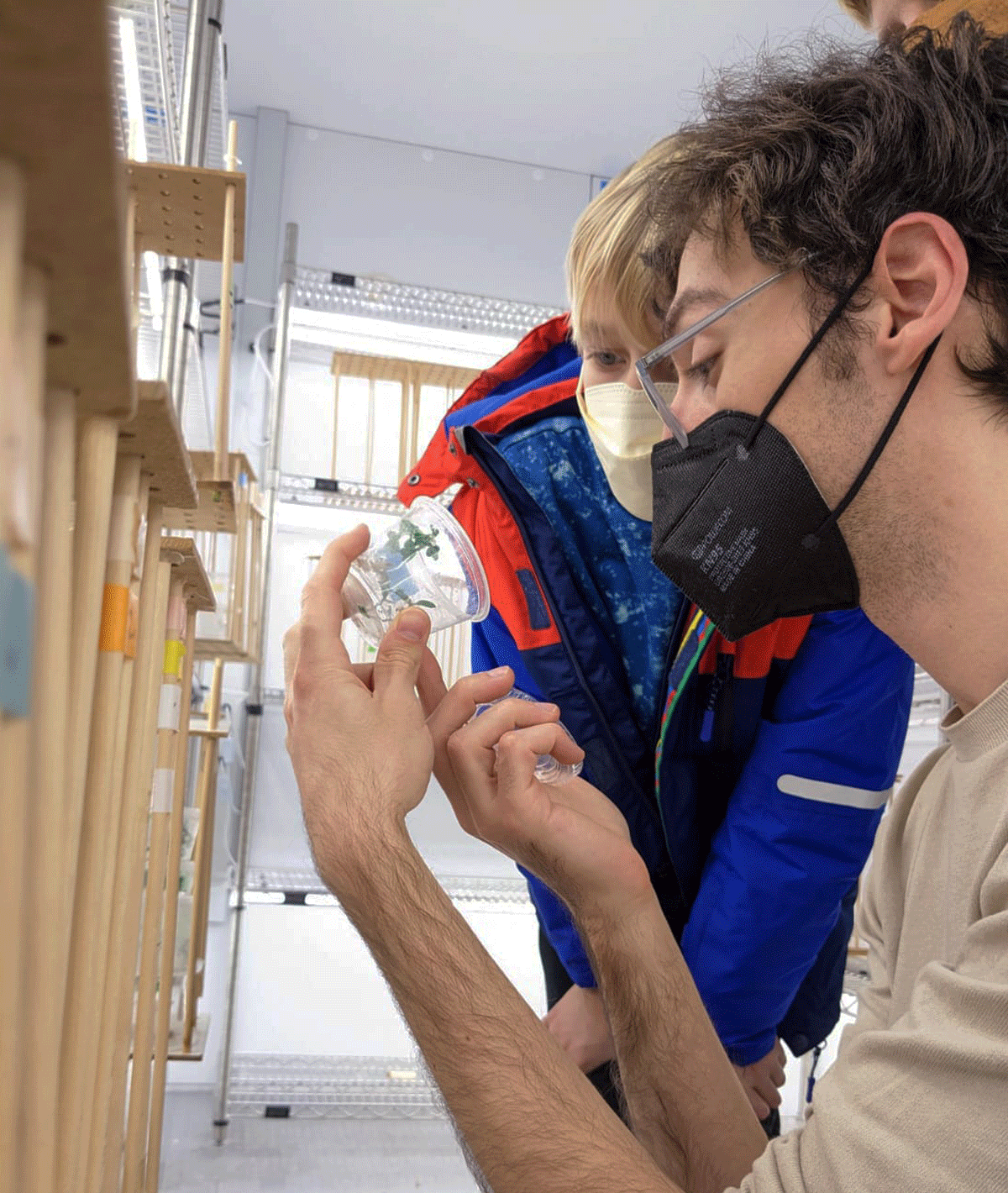I am a visual ecologist and PhD candidate investigating how animals perceive and process visual information, with a focus on depth perception in hunting spiders. My research integrates comparative morphology, optics, computational modeling, and behavioral experimentation to explore how these highly specialized predators make sense of their spatial environments.
Beyond my PhD work, I enjoy tackling complex problems at the intersection of biology, physics, and computation, and I’m always open to creative collaborations that push the boundaries of how we understand, manipulate and replicate perception.
When I’m not in the lab, you can find me working on new skills/hobbies, cooking elaborate meals, or biking around Cincinnati.
2020-present PhD Student, Biological Sciences, University of Cincinnati
2017-2020 Research Associate, Helen Wills Neuroscience Institute, University of California, Berkeley
2013-2017 BS in Mathematical and Computational Biology, Harvey Mudd College




